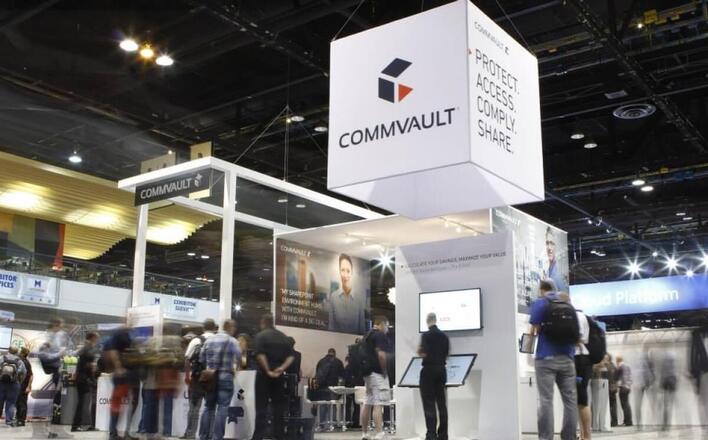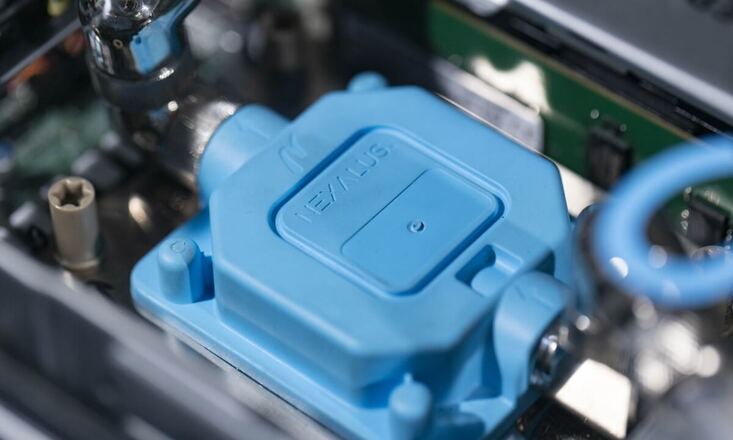
Commvault has introduced a major new release of its Commvault Cloud platform, positioning it as a unified layer of resilience across data security, cyber recovery and identity protection for hybrid, cloud and SaaS environments. It is branded the Commvault Cloud Unity platform release.
The update is being described by the company as one of the most substantial in its history, aimed squarely at enterprises trying to manage escalating cyber risk in an AI-driven world.
The launch comes as security and IT leaders face several converging challenges. The rapid adoption of AI is generating large volumes of distributed data across clouds, SaaS applications and on-premises systems, increasing the potential attack surface. At the same time, many organizations still rely on a patchwork of point solutions for backup, security, identity, and recovery, often lacking integration or a common policy framework. On top of that, infrastructure estates have become more fragmented, spanning multiple public clouds, private data centers and edge locations, making it difficult to apply consistent protection and recovery strategies.
Commvault’s Unity release is designed to address these issues by consolidating three traditionally separate disciplines – data security, cyber recovery and identity resilience – under a single, AI-enabled platform. Rather than treating protection, detection and recovery as discrete domains, the company is trying to give enterprises a more integrated view of risk and response across all workloads and environments.
On the data security side, Commvault Cloud now includes AI-assisted capabilities for data discovery, classification and policy recommendation, with a focus on understanding where sensitive data resides and how it is being accessed. The platform supports data and AI access governance and continuous monitoring, with the goal of enforcing protection policies in near real time. These capabilities are expected to be strengthened further by Commvault’s recent acquisition of Satori Cyber, a specialist in data security and access controls.
For cyber recovery, Commvault is emphasizing its ability to enable faster and more targeted restoration following an incident. A notable example is its Synthetic Recovery feature, designed to allow IT and security teams to surgically remove compromised data while restoring unaffected parts of the environment. Rather than forcing a full rollback, the approach aims to reduce downtime and data loss while minimizing the chance of reinjecting malicious content into production systems.
The Unity release also extends Commvault’s identity resilience portfolio. The company is focusing in particular on hard-to-detect threats in identity systems such as Active Directory, which are frequent targets in modern cyberattacks. Capabilities in this area are intended to help enterprises detect anomalous identity behavior, audit changes, and reverse malicious modifications as part of a broader recovery strategy.
Protection across Diverse Workloads, Clouds, Locations
Industry observers see the move as part of a broader trend toward tighter integration between security, identity, and data protection tools. Analysts have noted that several vendors are moving in this direction, but argue that Commvault’s heritage in backup and recovery gives it a distinctive vantage point when it comes to orchestrating clean restores after a breach or ransomware event. By combining telemetry from data security, identity patterns and recovery analysis on one platform, Commvault is aiming to generate more actionable, AI-driven insights about where risk is emerging and how best to respond.
For enterprises, one of the main promised benefits is unified protection across a heterogeneous landscape of workloads, clouds and locations. Instead of managing different protection policies and tools for each environment, organizations can use a central platform to define and enforce resilience strategies, with the intention of reducing operational complexity and improving availability. The company also argues that unifying governance – across security, identity and recovery teams – can help align policies and accelerate response when an incident occurs, rather than relying on siloed tools and processes.
Commvault is positioning the Unity platform as a foundation for “clean recovery,” where organizations have better assurance that restored data and identity systems are free of latent compromise. In practice, this means correlating signals about suspicious access, unusual data changes and backup integrity to inform recovery decisions. The use of AI within the platform is framed as a way to sift through large volumes of telemetry and surface the most relevant insights to operators.
Availability of the new capabilities will be phased. Commvault expects parts of the Unity release to be generally available later this year, with additional features rolling out into early 2026. The company has not disclosed pricing details, but is clearly targeting large enterprises with complex, multi-environment deployments and high expectations for uptime and data integrity.
For organizations evaluating resilience platforms, the Unity release underscores a shift in emphasis from traditional backup toward integrated cyber resilience, where protection, detection, and recovery are treated as parts of a single continuum rather than isolated functions.
Executive Insights FAQ: Unified Protection Across All Workloads
What does “unified protection across all workloads” actually mean in practice?
It refers to applying consistent security, backup, and recovery policies across diverse environments – on-premises, multiple public clouds, SaaS applications and edge workloads – through a single platform. Instead of separate tools and rule sets per environment, organizations define protection objectives once and have them enforced wherever workloads run.
Why is unifying data security, identity and recovery important?
Most modern attacks span multiple layers: they target identities, move laterally across systems, and corrupt or encrypt data. If identity, security and backup tools operate in silos, gaps appear during detection and response. Unified platforms can correlate identity anomalies, data changes and backup integrity, enabling faster, more accurate decisions about what to block, what to restore and from where.
How does unified protection help during a cyber incident?
When an attack occurs, teams need to know which systems are affected, which backups are clean, and whether identity systems have been tampered with. Unified protection provides a single view that combines these aspects, helping to identify a trusted recovery point, automate parts of the restore process and reduce downtime, while minimizing the risk of reintroducing compromised data.
Is unified protection only relevant for large enterprises?
While the need is most acute in large, distributed environments, any organization running a mix of on-prem, cloud and SaaS workloads can benefit. Even mid-sized companies often have separate tools for backup, security and identity; unifying these can reduce operational overhead, improve visibility and make it easier to comply with regulatory requirements around data protection and incident response.
What should organizations look for when evaluating unified protection platforms?
Key criteria include breadth of workload coverage (VMs, containers, databases, SaaS), support for multiple clouds, depth of integration with identity systems, automated policy enforcement, recovery orchestration, and strong telemetry or reporting. It is also important to assess how well the platform aligns with existing security operations, and whether it can integrate with SIEM, SOAR and other tools already in use.


